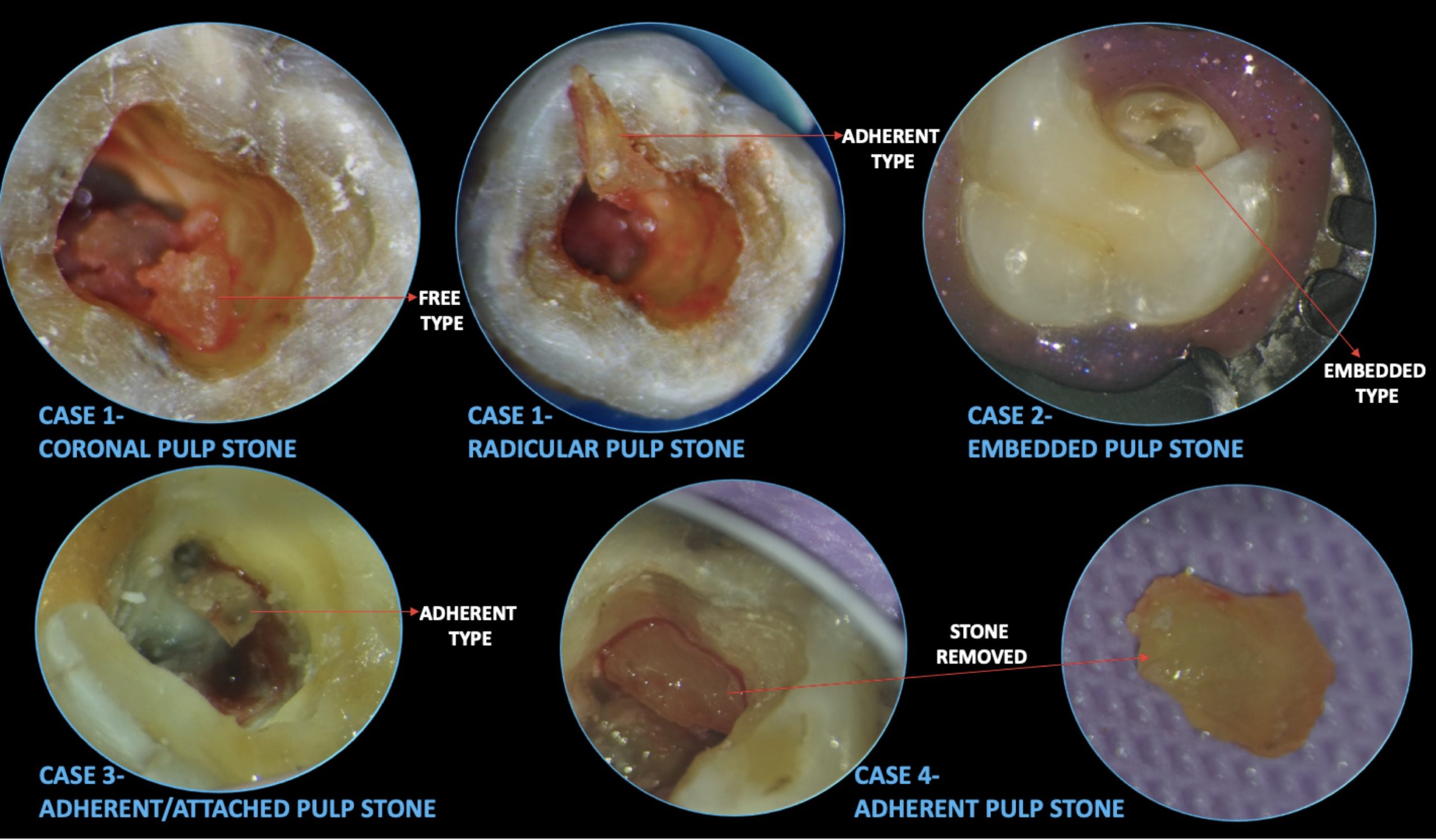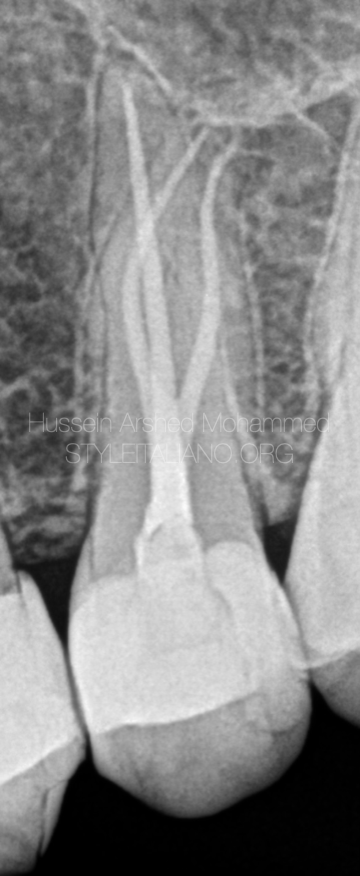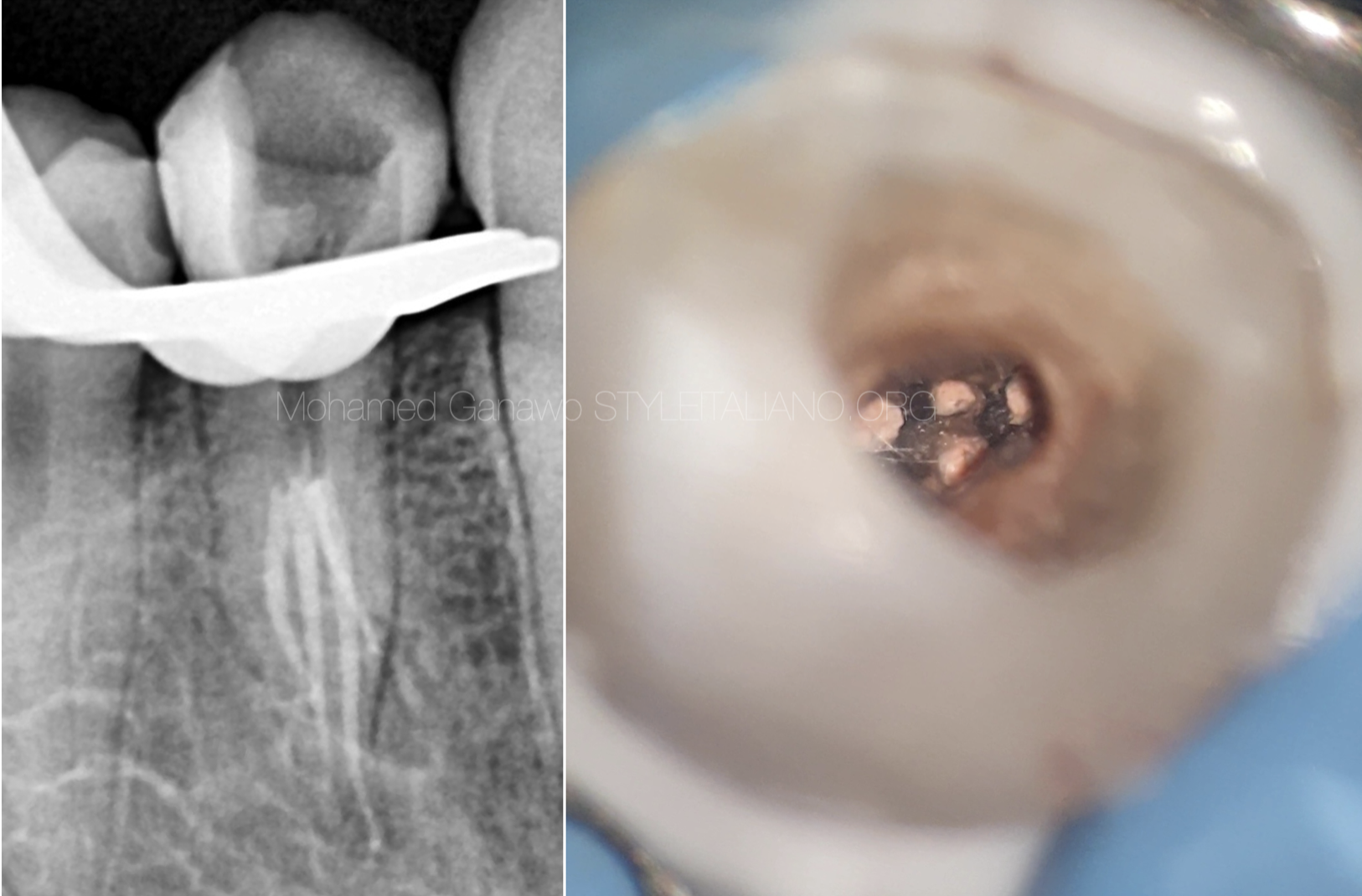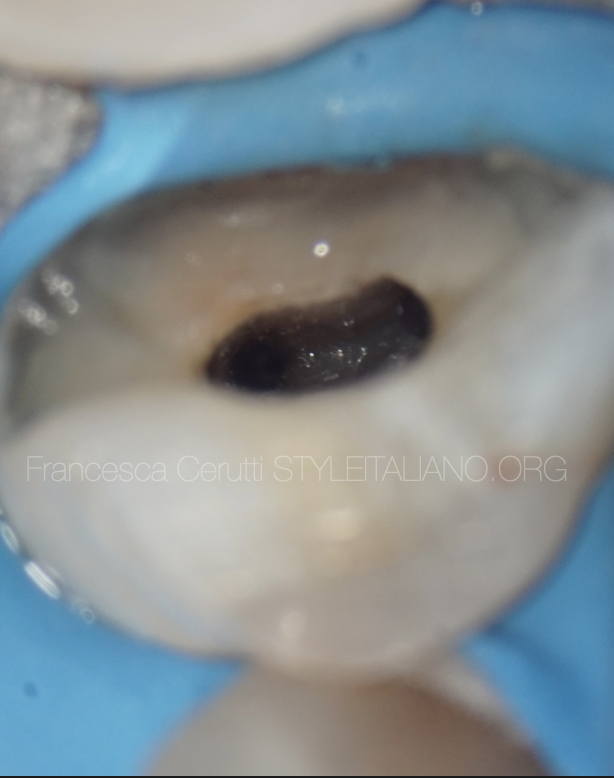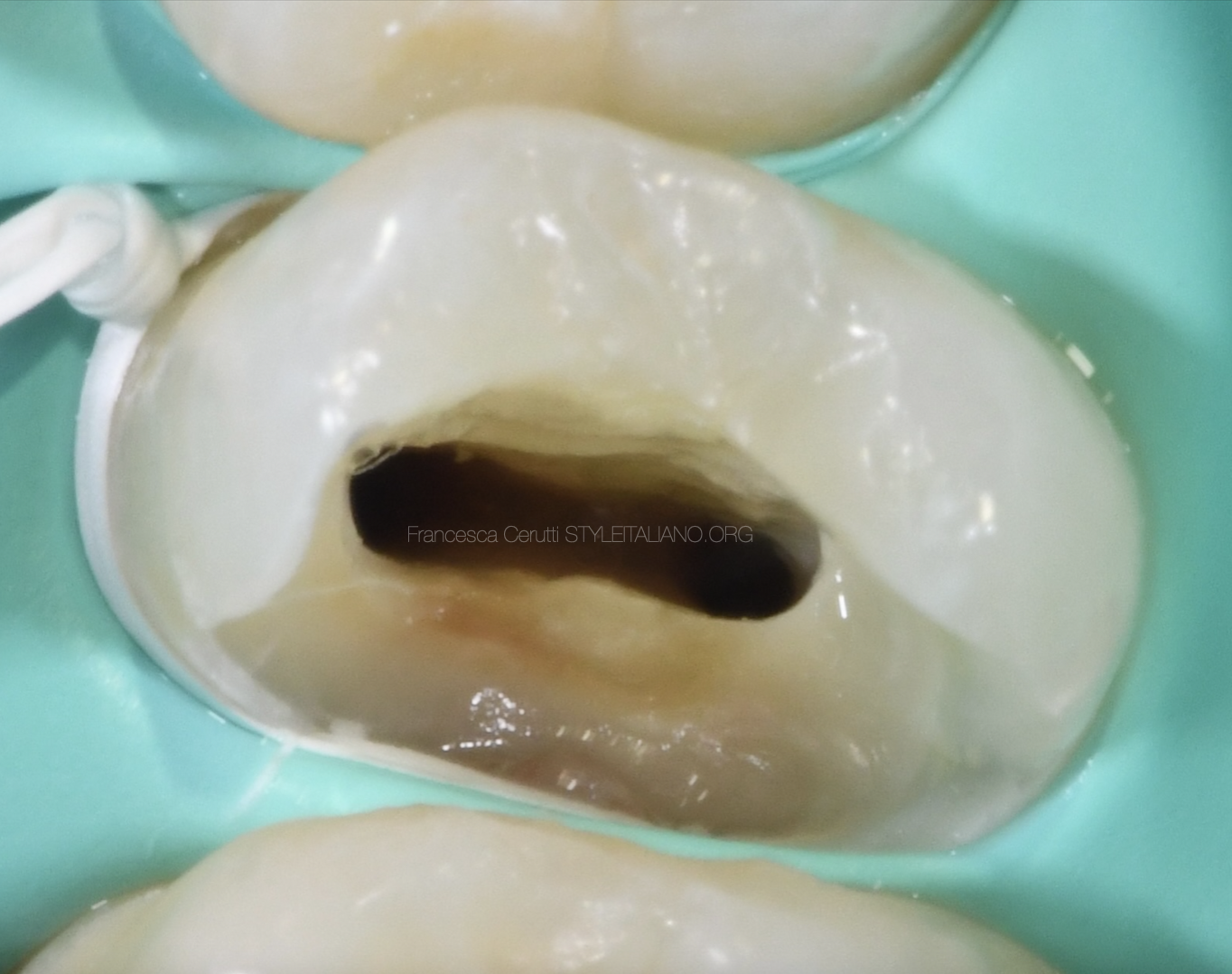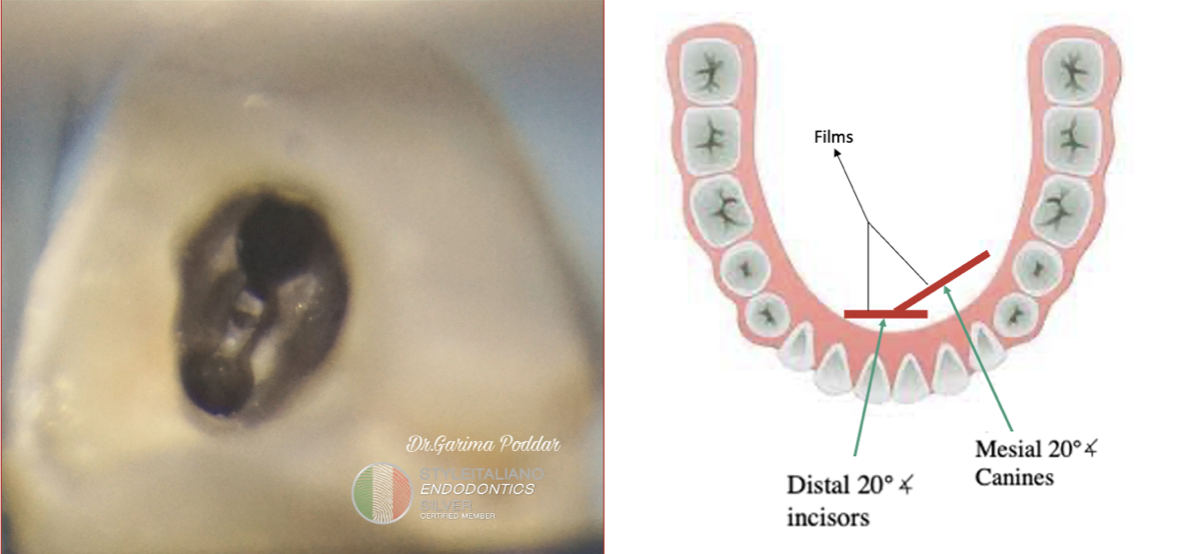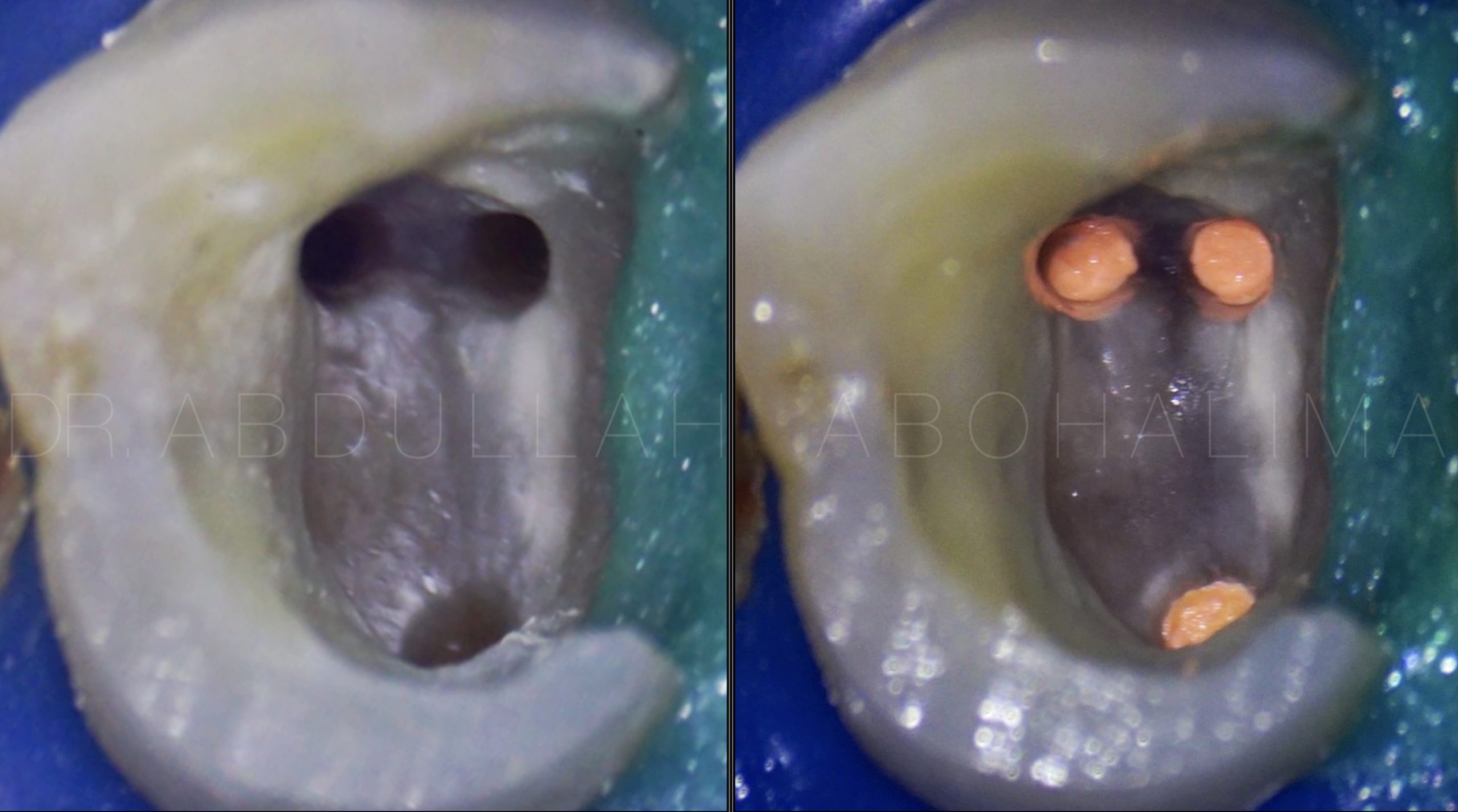Understanding the anatomical variations of the root canal system is a must to achieve the main goals of our treatment. The radix entomolaris is the most common variation in mandibular molars. With the help of CBCT we can measure and see the original shape of the additional root, thus creating a predictable strategy for cleaning, […]



